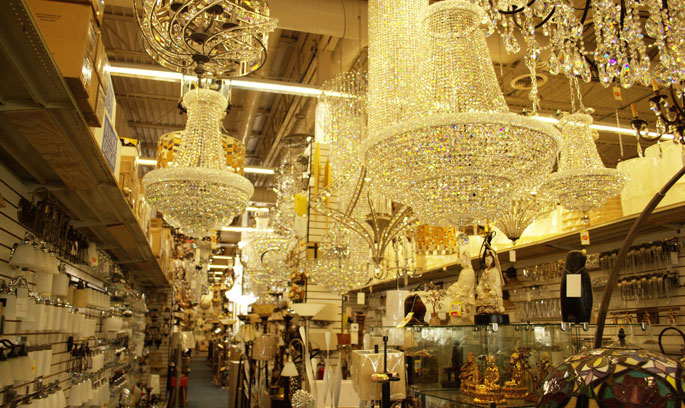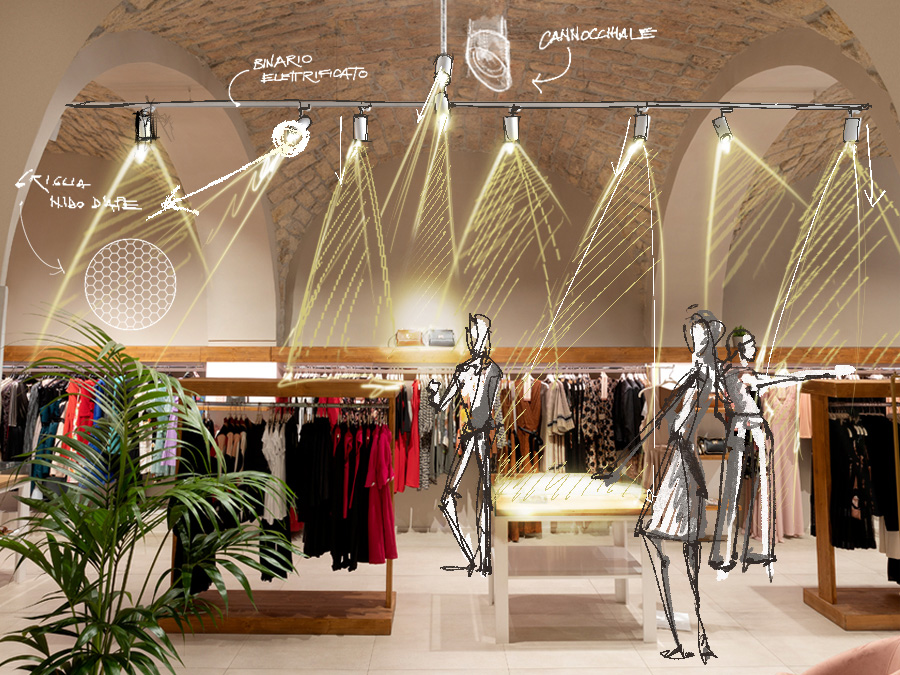Change Your Room with Lighting from a Reliable Melbourne Store
Change Your Room with Lighting from a Reliable Melbourne Store
Blog Article
The Ultimate Guide to Picking Energy-Efficient Illumination Options

Recognizing Energy-Efficient Illumination Technologies
When thinking about energy-efficient illumination choices, it is necessary to understand the different innovations readily available on the market today. LED (Light Giving off Diode) lighting sticks out as a preferred option as a result of its high energy efficiency and long life expectancy compared to conventional incandescent or fluorescent bulbs. LEDs consume considerably less power, send out less heat, and have an extra extensive operational life, making them a ecologically friendly and economical option. One more modern technology to consider is CFL (Compact Fluorescent Light) lighting, which is extra energy-efficient than incandescent bulbs however much less so than LEDs. CFLs are recognized for their intense light result and relatively long life-span. Additionally, halogen incandescent bulbs offer boosted energy performance and lifespan compared to standard incandescent light bulbs. Understanding the distinctions in these lighting technologies can help consumers make educated decisions based upon their details requirements, spending plan, and ecological factors to consider. It is essential to consider aspects such as energy efficiency, lifespan, light high quality, and preliminary price when picking the most ideal energy-efficient illumination modern technology for a particular application.
Calculating Energy Cost Savings Potential
To analyze the prospective power financial savings attainable through the fostering of energy-efficient illumination technologies, it is vital to perform detailed estimations based upon factors such as power intake, functional hours, and the details attributes of the illumination choices being taken into consideration. lighting store melbourne. Computing power cost savings prospective includes identifying the existing power intake of existing lights systems and contrasting it to the predicted power intake of the energy-efficient alternatives under factor to consider. This comparison enables a clear evaluation of the possible energy cost savings that can be recognized
Operational hours play an important duty in these calculations, as illumination systems that are made use of for prolonged periods will certainly profit much more from energy-efficient alternatives. Furthermore, considering the specific attributes of various lights technologies, such as lumens per watt and life-span, is crucial for accurately forecasting power savings.
When Choosing Illumination,## Variables to Think About - lighting store melbourne.
When selecting lights alternatives for ideal energy performance and performance,Think about these vital factors. First of all, analyze the lights requirements of the area. Different areas need varying degrees of lights strength, color temperature, and circulation. Recognizing the objective of the illumination will help identify the most ideal fixtures and bulbs for the area.
Second of all, consider the energy efficiency of the lighting alternatives. Look for components and bulbs with high lumens per watt (lm/W) ratings to guarantee optimal light outcome with marginal power intake. LED illumination, as an example, is understood for its power performance and lengthy lifespan compared to traditional incandescent or fluorescent alternatives.
Furthermore, examine the maintenance requirements of the lights fixtures. Choose fixtures that are simple to clean and keep to make sure regular performance in time. Selecting long lasting fixtures that call for marginal maintenance can help reduce long-term upkeep costs and ensure the lights system operates successfully.
Finally, think about the ecological impact of the illumination alternatives. helpful resources Select components and bulbs that are eco pleasant and energy-efficient, such as those with recyclable elements or reduced carbon emissions. By focusing on sustainability in your illumination selections, you can contribute to a greener future while enjoying the benefits of energy-efficient lighting remedies.

Contrast of Various Lighting Options
In examining the variables affecting illumination selection for energy performance and efficiency, it becomes critical to compare the various lighting options offered out there. LED illumination sticks out as one of one of the most energy-efficient options due to its long life-span and low energy intake. LEDs are flexible, using a variety of color temperature levels and lowering capabilities, making them suitable for different setups. Additionally, small fluorescent lamps (CFLs) provide a more energy-efficient alternative to traditional incandescent bulbs, although they have small amounts of mercury. Halogen incandescent bulbs use improved energy performance contrasted to traditional incandescent bulbs, but they are less efficient than CFLs and leds. One more alternative to think about is fluorescent tubes, typically used in commercial and industrial settings as a result of their high efficiency and durability. When comparing lights choices, elements such as power effectiveness, life-span, shade temperature level, and environmental impact ought to be carefully considered to make an educated decision based upon certain lights requirements and priorities.
Tips for Executing Energy-Efficient Lights
When looking to enhance energy effectiveness with illumination selections, implementing calculated lights controls can substantially reduce energy intake. Furthermore, daylight sensors can be incorporated to change lights degrees based on all-natural light accessibility, more enhancing energy use.
Lowering lights not just produces ambiance and adaptability in illumination degrees but also helps conserve power by reducing the amount of power consumed. Choosing energy-efficient light bulbs such as CFLs or leds can make a considerable distinction in energy cost savings.
Verdict
In conclusion, picking energy-efficient lights choices is vital for decreasing energy intake and expenses. Applying energy-efficient lighting not just profits the setting but also leads to lasting expense financial savings and enhanced lights high quality.
To assess the potential energy financial savings possible via the fostering of energy-efficient lights technologies, it is imperative to conduct thorough computations based on elements such as power intake, functional hours, and the specific features of the lighting options being taken into consideration (lighting store melbourne).In examining the variables affecting illumination check these guys out choice for energy performance and efficiency, it becomes vital to contrast the different lighting choices offered in the market. When contrasting lights alternatives, variables such as power performance, lifespan, color temperature, and environmental effect must be meticulously pop over here considered to make an educated decision based on particular illumination requirements and concerns
When looking to enhance energy effectiveness via illumination choices, carrying out calculated lights controls can substantially reduce power consumption. Implementing energy-efficient lighting not just profits the environment yet additionally leads to long-lasting cost savings and improved lighting high quality.
Report this page